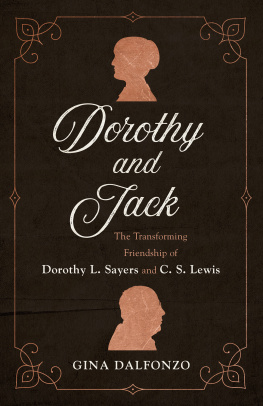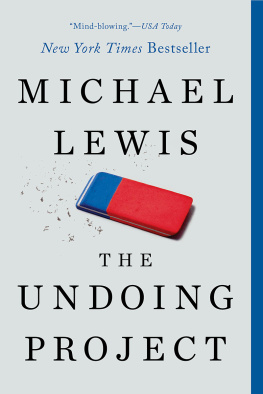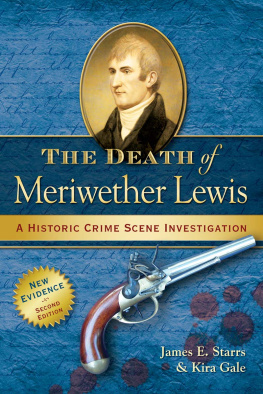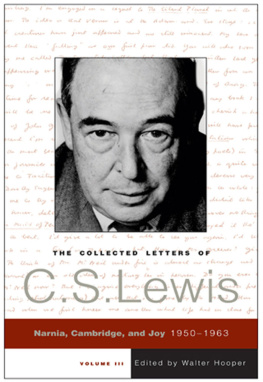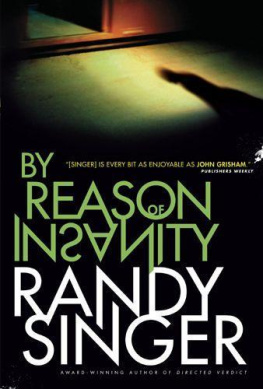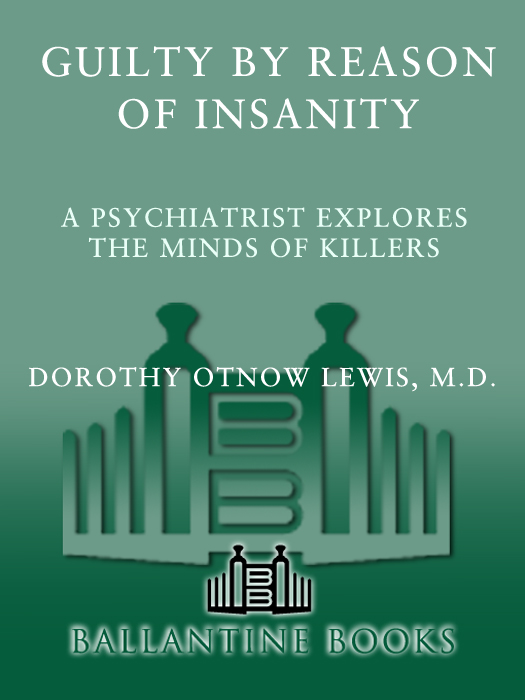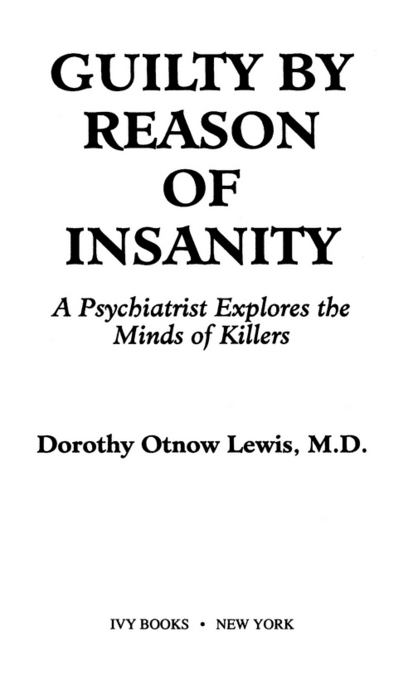EXCELLENT INSIGHTS
Lewis has clearly seen and heard a great deal, and shes unsparing in the details of what makes a child violent. She finds that poverty and abuse are strong indicators of a tendency toward violence, and she writes movingly of one little girl who became a murderer after her family repeatedly ignored her cries for help.
Kirkus Reviews
[Lewis] shares, in sometimes horrifyingly graphic detail, the stories of abuse these prisoners suffered at the hands of others. Using such stories, Lewis builds a case against the death penalty, expressing her frustration at a judicial system that, she contends, puts punishment before comprehension. By books end, Lewis makes sure readers are asking themselves whether an eye for an eye is the proper standard by which to approach killers.
Publishers Weekly
A fascinating glimpse into the world of psychiatry and violent crime Lewis concludes that given certain neurologic and psychiatric problems, any of us could be a killer, which is frightening, perhaps controversial, and always interesting.
Booklist
COMPELLING
In reading Lewiss book, it becomes clear that she already has some clues as to why some people kill. And she lays those clues out for readers, not with ponderous legal arguments, but by telling the killers stories, with a clarity unusual in the academic world.
The Boston Globe
The most terrifying passages in Dr. Lewiss book deal with what she describes as the unearthing of multiple-personality disorders. Lewis powerfully [states] the belief that no excessively violent crime is committed without good reason.
C HRISTOPHER L EHMANN -H AUPT
The New York Times
Although these are tales of depravity and murder, they are told by a gifted physician, whose literary talents and compassion are manifest in every line. In her hands, they become spellbinding narratives in which a skilled teacher takes us on a voyage of discovery, in order to share her insights and understanding of minds so disordered that they are capable of conceiving the vicious acts described here.
S HERWIN B. N ULAND , M.D.
REMARKABLE, FASCINATING, OPINIONATED, COMMANDING, RIVETING
This is the book of this decade. It is a book that speaks to crime and murder uniquely. It details savagery, sexual acts that are revolting and bordering on the unimaginable, brutality that makes you cry, people who scare you half to death and make your skin crawl. It is a book that every criminal judge, lawyer, and cop should read. So should every social worker or therapist. And every politician, because the laws and the penal system need to get another look.
The Sunday Republican (Waterbury, CT)
After years of interviewing and studying some of the most heinous killers on death row, Dr. Lewis reveals startling truths, some of them shocking and some tragic. I like her style; she has stepped down from the ivory tower of forensic psychiatry and writes with the compassion, humor, and insight of a real person. Guilty by Reason of Insanity will prove fascinating to every student of the psychopathy and/or organic brain dysfunction that drives killers to do what they do.
A NN R ULE
An Ivy Book
Published by The Ballantine Publishing Group
Copyright 1998 by Dorothy Otnow Lewis, M.D.
All rights reserved under International and Pan-American Copyright Conventions. Published in the United States by The Ballantine Publishing Group, a division of Random House, Inc., New York, and simultaneously in Canada by Random House of Canada Limited, Toronto.
Grateful acknowledgment is made to Simon & Schuster and A. P. Watt Ltd. for permission to reprint excerpts from The Second Coming from The Collected Works of W. B. Yeats, Volume 1: The Poems, revised and edited by Richard J. Finneran. Copyright 1924 by Macmillan Publishing Company, renewed 1952 by Bertha Georgie Yeats. Reprinted by permission of Simon & Schuster and A. P. Watt Ltd., on behalf of Michael Yeats.
Ivy Books and colophon are trademarks of Random House, Inc.
www.randomhouse.com/BB/
Library of Congress Catalog Card Number: 99-60214
eISBN: 978-0-307-55655-4
First Hardcover Edition: April 1998
First Mass Market Edition: May 1999
v3.1_r1
Contents
AUTHORS NOTE
When defendants rely on the insanity defense, they open up their entire psychological state to public scrutiny. Where a defendant is requesting that the judge or jury show leniency in the trial or sentencing because the defendant claims to be insane, the State (as representative of the general public) is entitled to examine thoroughly the basis for that request. Invariably the request is grounded in a defendants psychiatric, medical, and family history. Thus, the records of interviews with defendants, their family members, friends, associates, and doctors are all part of the inquiry into the defendants psychological state. As such, those records are made a part of the public record, and can be used by the prosecution or the defense in support of or in opposition to the defendants position. Thus they are in the public domain.
Actual names of defendants were used in this book where the defendants insanity defense or clemency appeal was part of the public record. Pseudonyms, and changes in geographic locale, were used in a limited number of instances, such as cases involving juvenile defendants, or in instances when I felt that privacy interests needed to be respected.
The case studies described in this book are true, and are based upon my own evaluations. In addition to my own records, I have, when available, consulted the public record, including police reports, newspaper accounts, defendants statements, witnesses statements, psychiatric and medical records, and reports of other examiners.
PROLOGUE
I never planned to work with violent people, certainly not murderers. I went through medical school in order to become a psychoanalyst. Psychoanalysis, it seemed to me, brought together the most intriguing aspects of art and science; it was the best of two worlds. As a psychiatry resident, when I pictured the future, I saw myself in a private office, seated behind a supine patient, listening and commenting as he struggled to resolve the violent internal conflicts between his id and his superego. That was about as violent as I expected my practice to get.
I never did become an analyst. Instead, a series of unexpected events and serendipitous observations drew me deeper and deeper into the study of violence. And I, neither willing nor able to navigate those depths alone, pulled my dear friend and colleague, Jonathan Pincus, in after me.
Jonathan, a neurologist and my partner in crime for the past twenty-five years, like me, never intended to work with violent patients. When I met him he was a junior faculty member at Yale, dividing his time among teaching, research, and patient care. He had every expectation of continuing his traditional academic way of life. Had anyone told him that twenty years hence he would find himself behind bars at San Quentin in the company of me and a sequence of serial murderers, he would have dismissed the prediction at best as fantasy, at worst, delusion. In fact, when in the late seventies I first convinced Jonathan to examine a group of violent adolescents, I had no idea that the two of us would someday wind up together on death row.



